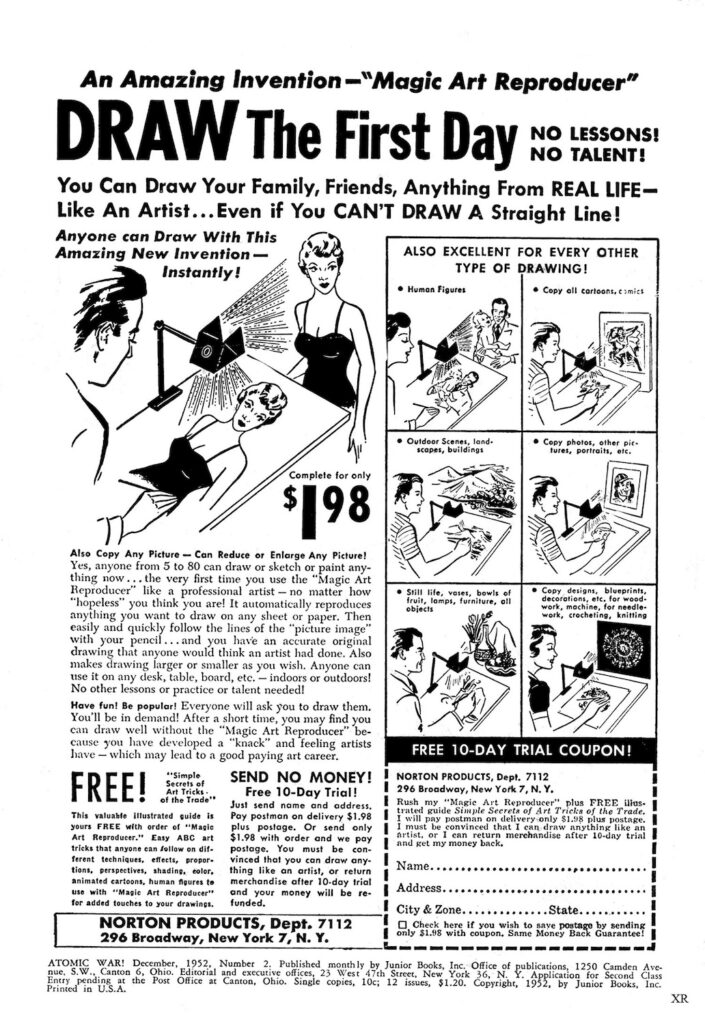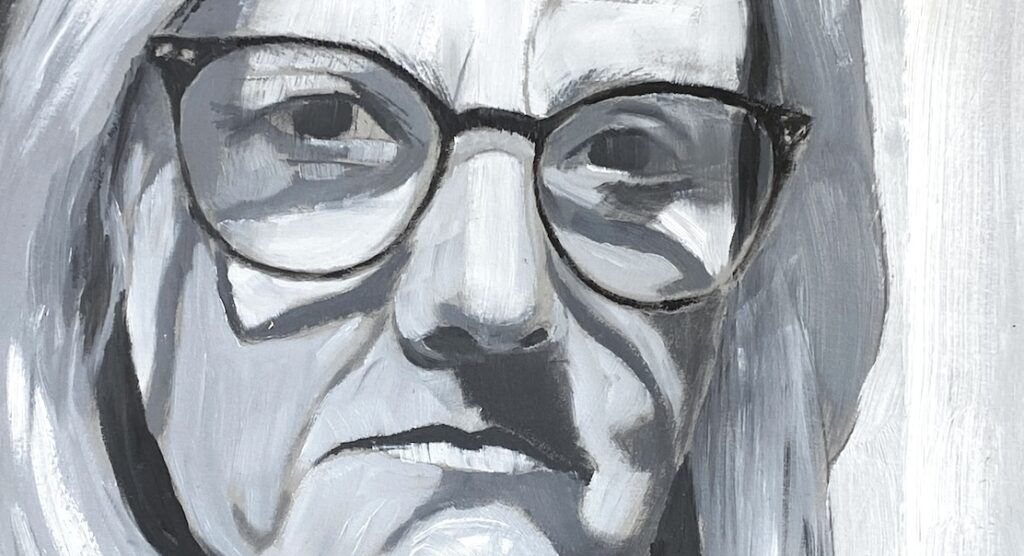
The challenge I set students this week was to paint a black and white portrait from the photograph they bought in. The process involved using carbon paper to transfer their image on to their painting surface. This resulted in a lively debate, as it always does, about whether or not using a transfer process to draw out a subject for painting is cheating or not.
I’m not going to try to give a definitive answer here. It’s not what I do. But I’m happy to share my thoughts.
The dictionary definition of ‘cheating’ is ‘to act dishonestly or unfairly in order to gain an advantage.’ With this in mind, I guess that, if an artist said they have drawn an image freehand, when they hadn’t, then they would be cheating. I’ve never come across this scenario though. I’m aware that, for many people, viewing an artwork made with freehand skill, and drawn from direct observation is important to them. Maybe some viewers project their own desire for this when looking at art, and when it hasn’t been the case, they feel cheated? I personally have never felt cheated by the drawing processes artists have used when I visit a gallery. I tend to look at work to consider the impact of the image I see in front of me, with little consideration for the processes that the artist has used to arrive at the piece. I’m either drawn to it somewhat, or not, in the same way as when I watch a movie.
Just for the record, I usually draw out compositions for my paintings freehand, and I feel confident doing so. But I also enjoy using tracing techniques, especially when the subject matter is complicated, and I’ll save time by doing so. I enjoy using transfer techniques. I did as a child too (do you remember Sketch-A-Graph?). When I saw that I could create a life-like picture by getting lines in the right place, I felt confident that I could then learn to do it myself. Maybe the fact that I studied design at art school rather than Fine Art is relevant too; something to do with enjoying the use of practical image making processes, rather than just purely responding to a subject in front of me.
In my opinion, whether or not we use freehand drawing to make our images, being able to draw from direct observation is wonderful skill to have. It allows us to record a view outdoors, or a person or objects in the studio. It also helps us to be in control of our drawings, trains us to really look at the world, consider the nature of the marks we are using, and to confidently evaluate and reposition them when they don’t feel right.
There you go. No real conclusion. I’ll probably revisit this text in the future as more comes to mind. In the meantime, here are a few links for further research, then below, some of the great 90 minute portraits that were made in class.
David Hockney looks into drawing devices that artists have used for centuries, and recreates famous paintings, in this one hour documentary. He made a book about it too.
Here’s is a nice short video about how Caillebotte probably used a Camera Lucida. It comes from a website that lists a number of artists who also would have used one.
I’ve just seen that the Wallace Collection is holding a talk about Canaletto and the Camera Obscura on June 4th. The speaker, Philip Steadman, has built his own camera obscura.
As well as carbon paper, artists use grids, tracing paper and projectors too.
Are artists who use studio assistants and apprentices to help make their work cheating too? Artists from Leonardo and Michelangelo, to Koons and Warhol all used assistants to help with producing aspects of their work. Here’s a snippet from a Jeff Koons documentary, showing studio assistants accurately reproducing photographs for him. And more here. Also, Masterclass with Jeff Koons is great for artists to watch by the way, but you’ll need a subscription to see it.

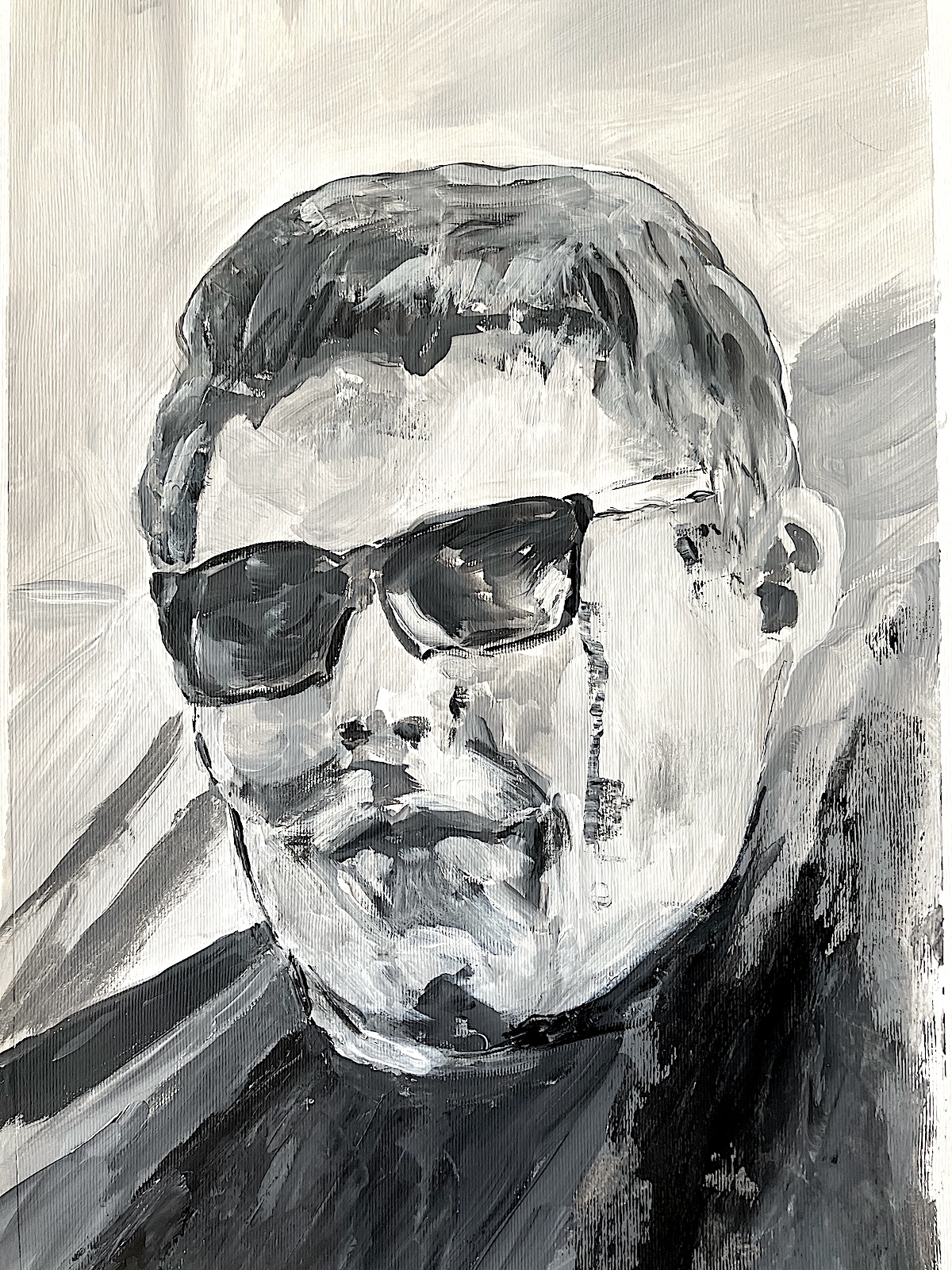
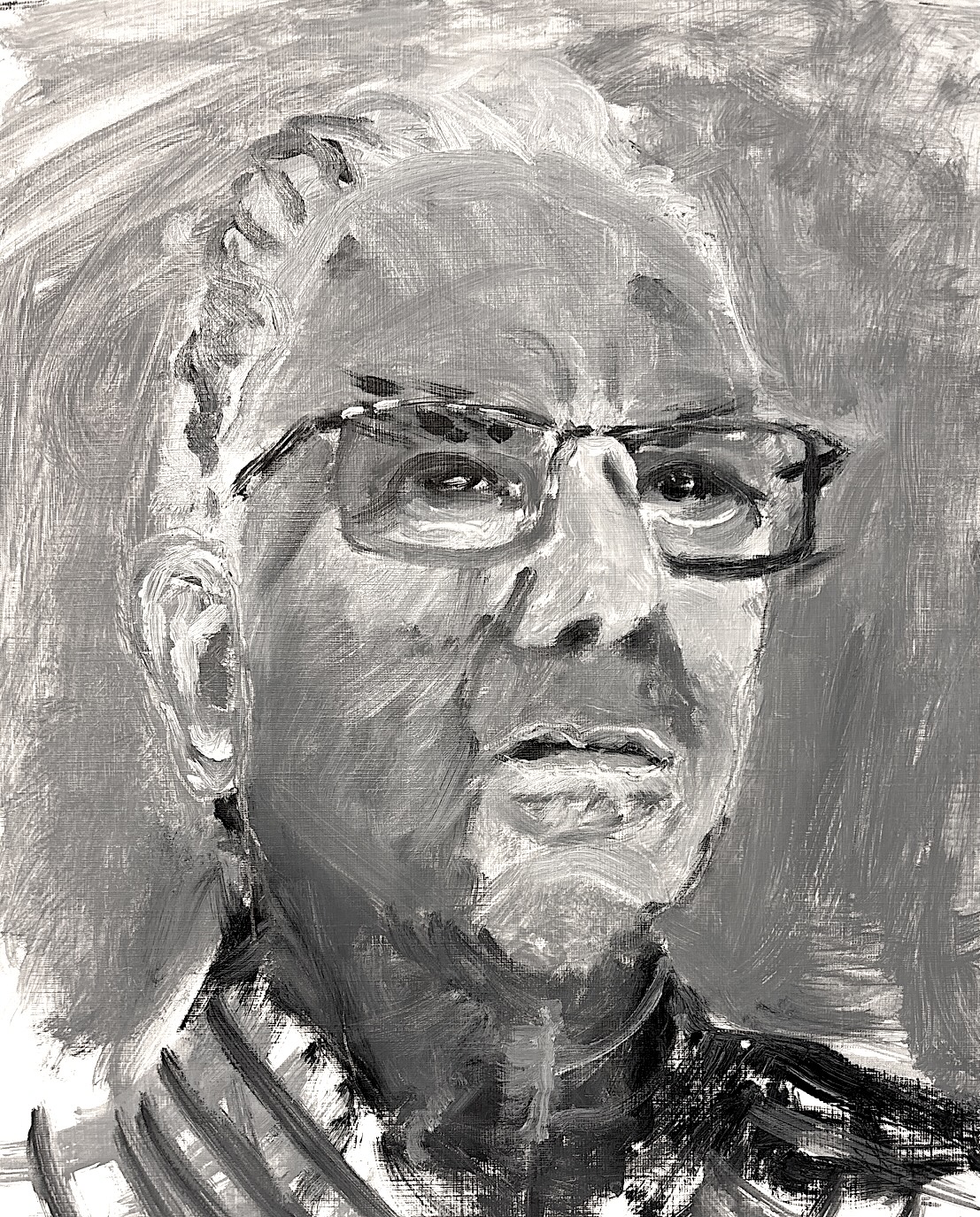
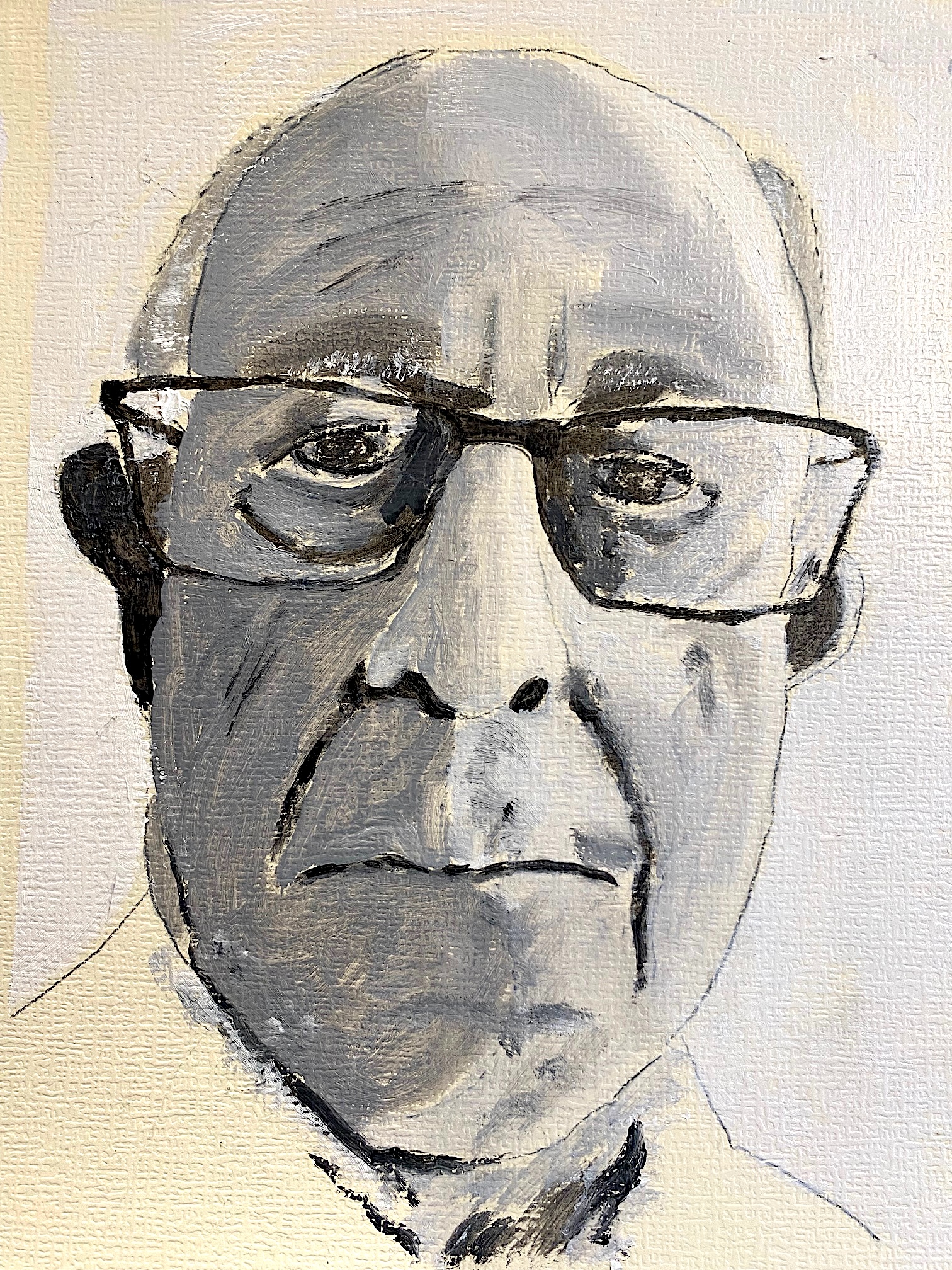
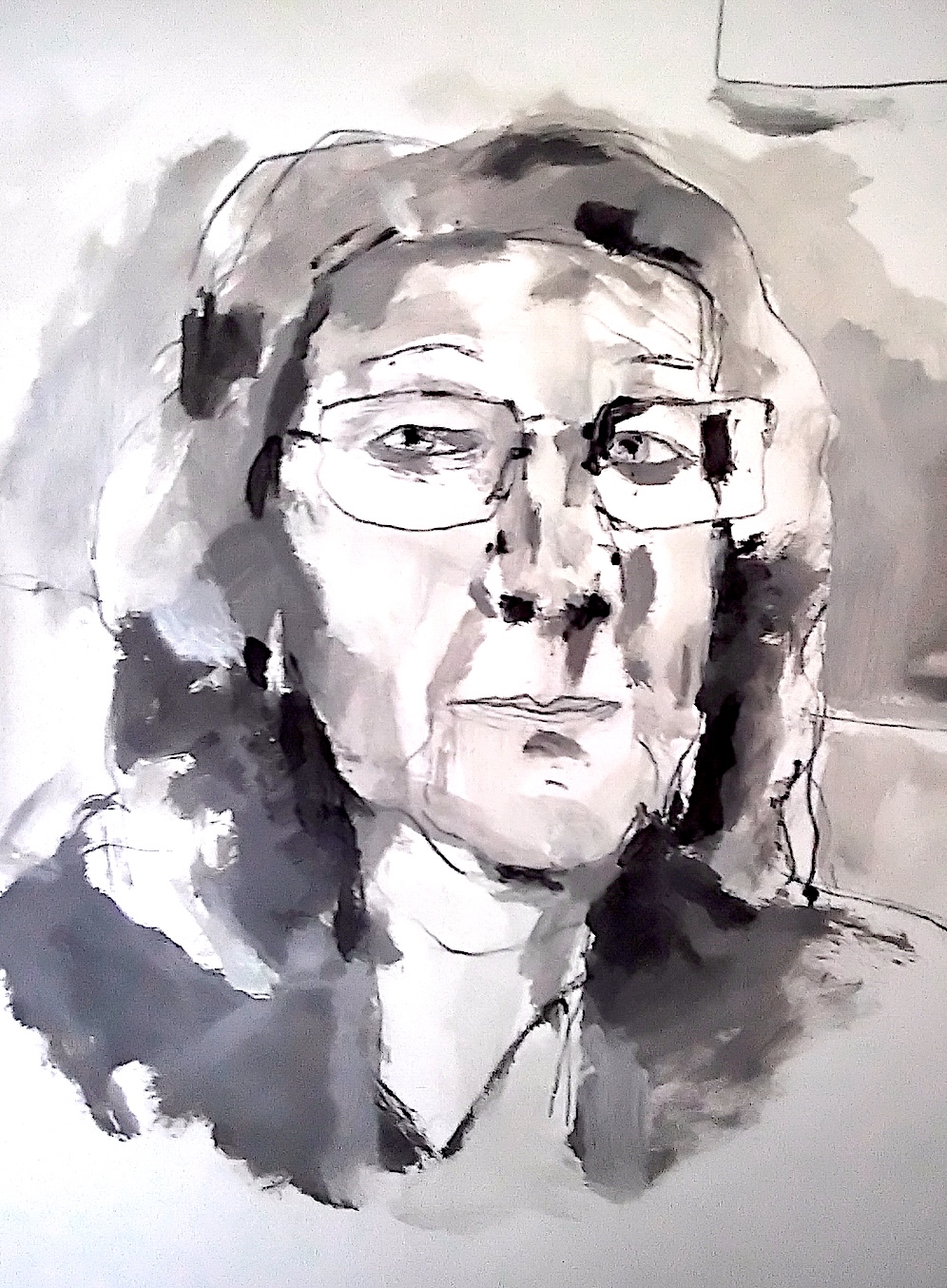
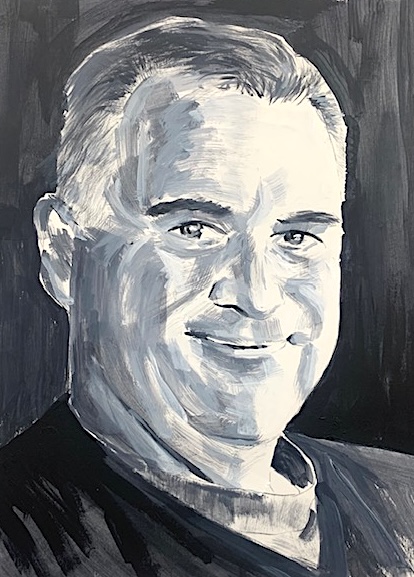
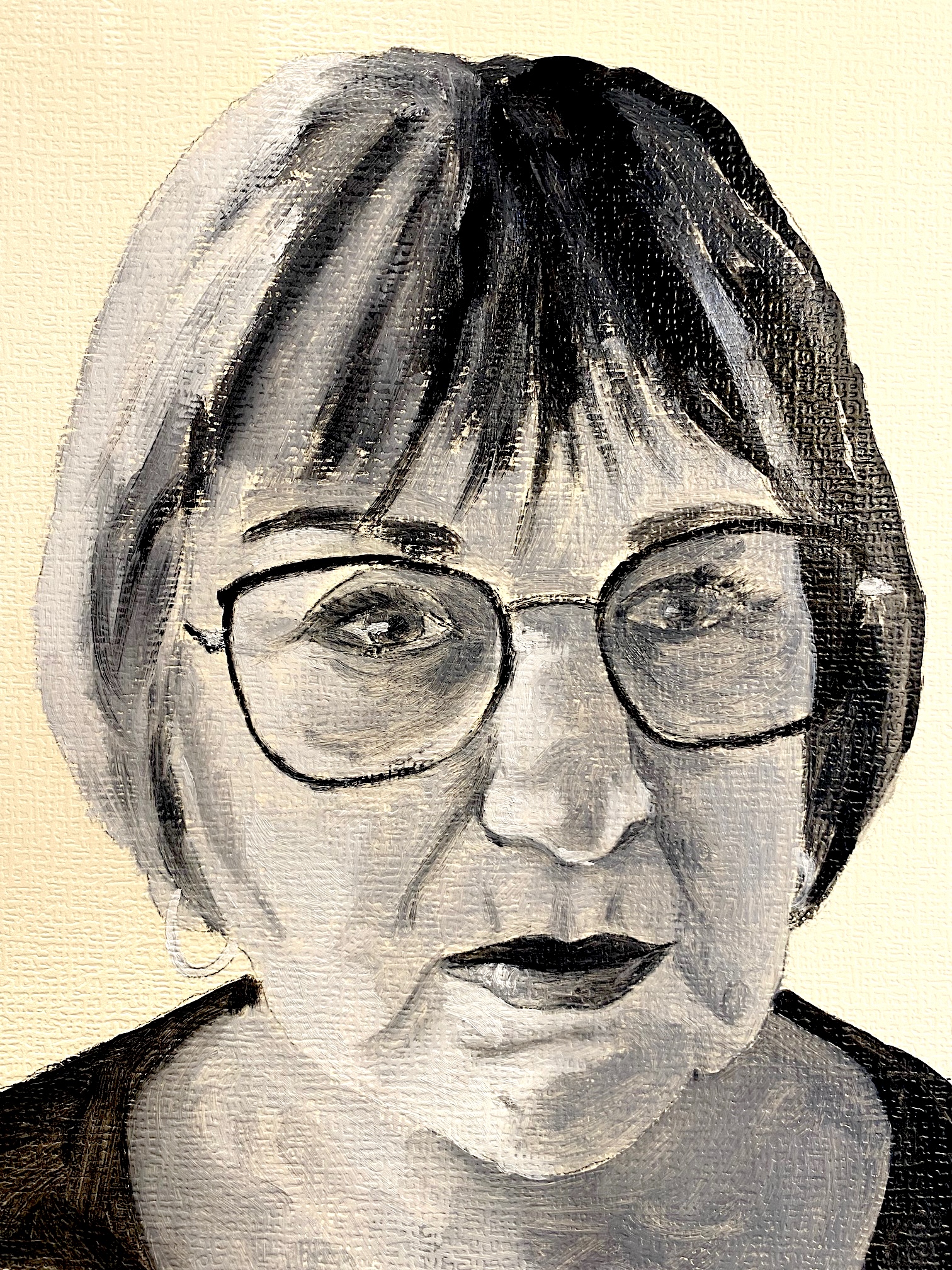
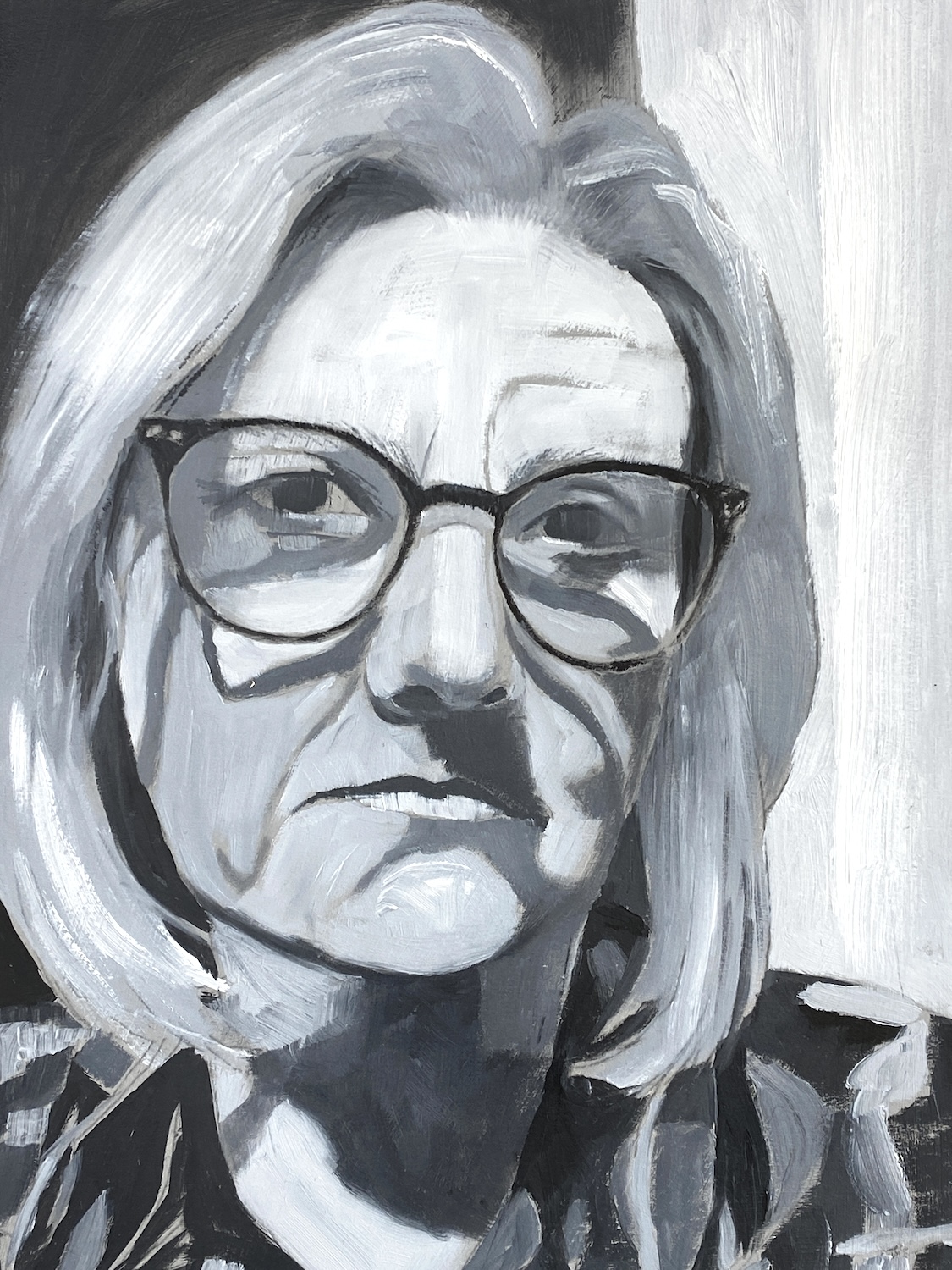
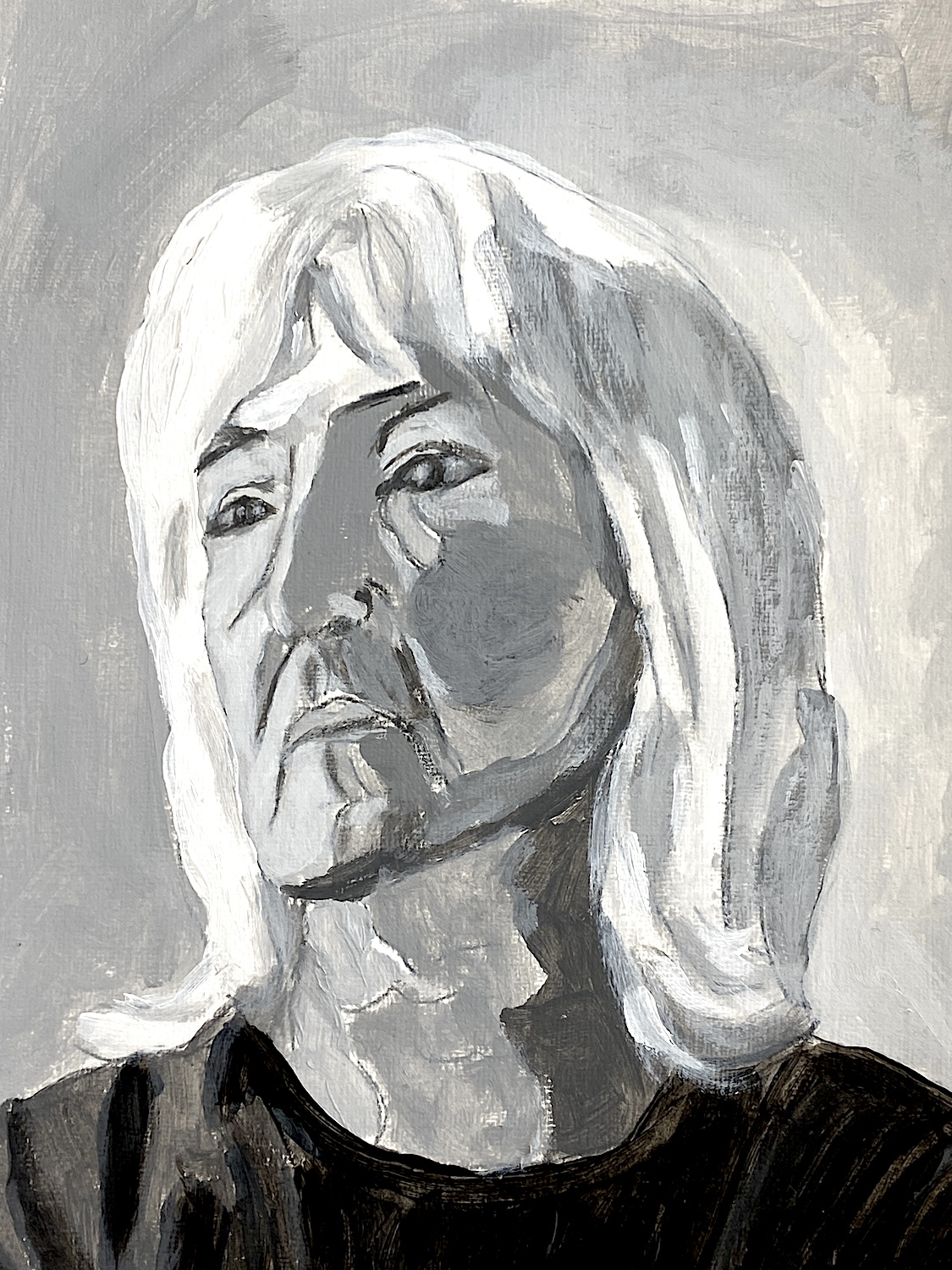
Ann Sugarman / Beryl Roberts / Dan Kirschner / Stuart Gould / Sue Fulcher / Sue Spriggs / Naomi Gould / Sarah D’Souza / Diana Dathan
